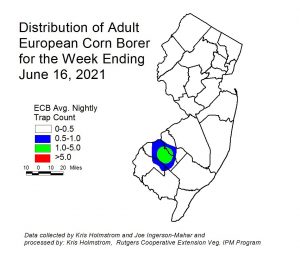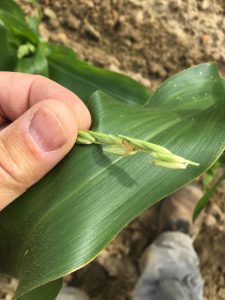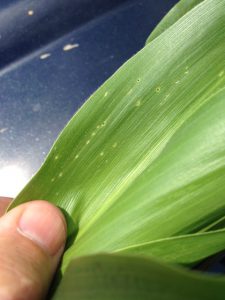Cucurbit downy mildew has been confirmed on cucumber in southern New Jersey. This is the first report of CDM in the state and region this growing season. All cucumber and cantaloupe growers should scout on a daily basis and initiate a preventative fungicide program. CDM has also been confirmed on cucumber in Ontario, Canada this week. Remember, some CDM isolates fall into Clade I which predominately infect watermelon, pumpkin, and squash, where other CDM isolates in Clade II predominately infect cucumber and cantaloupe.
For more information on CDM, the clades, and CDM control please click here.



